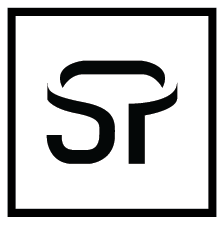3D Terms
Ray tracing is a rendering technique that can realistically simulate the lighting of a scene and its objects by rendering physically accurate reflections, refractions, shadows, and indirect lighting. Ray tracing generates computer graphics images by tracing the path of light from the view camera (which determines your view into the scene), through the 2D viewing plane (pixel plane), out into the 3D scene, and back to the light sources. As it traverses the scene, the light may reflect from one object to another (causing reflections), be blocked by objects (causing shadows), or pass through transparent or semi-transparent objects (causing refractions). All of these interactions are combined to produce the final color and illumination of a pixel that is then displayed on the screen.
The process of converting 3D models into 2D images. Rendering can create one image, a sequence of images that you can stitch together, or a video. You’re able to view the quality of the 3D model through multiple rendered images on the model page. source
Rendering or image synthesis is the process of generating a photorealistic or non-photorealistic image from a 2D or 3D model by means of a computer program. The resulting image is referred to as the render. source
The 3D model has a skeleton so it can move. You can deform and animate characters, vehicles, and other objects using rigs. This allows you to animate the 3D model. source





